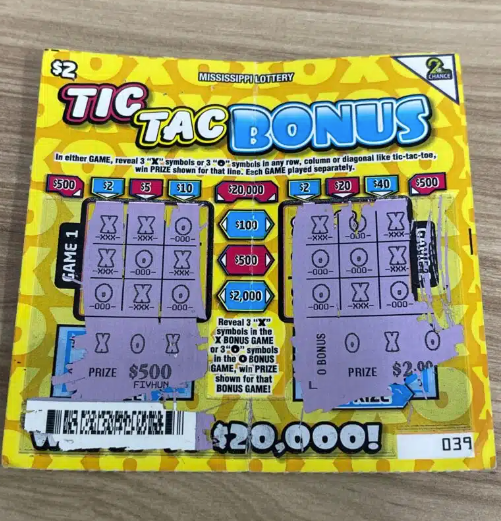Area schools focus on black history throughout school year
Published 12:12 am Sunday, February 12, 2012

Rod Guajardo / The Natchez Democrat — Jaylin Gibson, from left, Rachel Benoit, Alexis Irving, Kyaira Todd and Josh Wilkerson are students in Cheryl Hunt’s honors English class at Cathedral School. The class studies the works of black authors year round, not just in February.
Rarely does a high school graduate don a cap and gown without first learning about Hester’s crisis in Nathaniel Hawthorne’s “The Scarlet Letter,” or breaking down the loss of the narrator’s love, Lenore, in Edgar Allan Poe’s poem, “The Raven.”
But Cathedral High School English teacher Cheryl Hunt said learning about the conditions of a slave ship — when people slept on top of each other and were forced to use bathrooms in the filthy “necessary tubs” — from the slave narrative of Olaudah Equiano, is just as key to understanding American literature.
Hunt said incorporating the contributions of black Americans into the history of the nation should be standard practice not just during black history month, but from March to January, too.
“I’m glad we celebrate black history month, but black writers were around when Poe and Hawthorne were writing — but they couldn’t get published,” Hunt said.
Robert Lewis Middle School language arts teacher Berthenia Rose Jackson agreed.
“We say ‘black history,’ or ‘African-American history’ — but it’s really ‘American history,’” Jackson said.
Hunt said she finds it troubling that most children have learned about or read the diary of Anne Frank and know how she went into hiding in Amsterdam to escape the Nazis, but many student’s don’t know the name Harriet Jacobs, who hid in an attic from her slave master for seven years while waiting for freedom before publishing her story, “Incidents in the life of a slave girl,” under a fake name because of the Fugitive Slave Law, Hunt said.
“They hear about Harriet Jacobs, and they’re stunned,” she said.
“Everybody knows about Anne Frank. But Harriet Jacobs hid for seven years in an attic, and she’s right here in our own backyard,” Hunt said.
Both Jackson and Hunt said as teachers, they have often had to seek out works from black authors to teach in the classroom because those authors were not included in most anthologies.
Hunt, who just finished teaching the racially themed “The Adventures of Huckleberry Finn,” by Mark Twain to her 10th-grade honors English class, said most of her students haven’t heard of Charles W. Chesnutt — a black author whose short stories they will read this year — because he is rarely included in their textbooks.
Hunt said 10 years ago, when she started teaching, she had to make copies of works by black authors to pass out to her class.
But fortunately nowadays, other authors, like Equiano, are beginning to be included in anthologies more often.
Jackson said she’s noticed the trend, too.
“Somebody finally woke up and realized African Americans made enormous contributions (to the United States),” Jackson said.
Students in Hunt’s class, like Solchrisha James, said reading the poetry of Phillis Wheatley made her proud to see how black people, even under the cloud of slavery, had enough passion inside of them to produce poetry without a formal education.
And learning about the conditions on the slave ship of Equiano, student Kyaira Todd said, hit her in a deeper place than just learning about the number of slave ships and the facts of the time period.
“Teenagers tune out facts and figures, but it makes it real when you can hear a voice,” Hunt said.
Linda Rodriguez teaches a class called “minority studies” to 10th and 12th grade students at Trinity Episcopal Day School.
The course looks at readings from minority groups, with authors narrating their experience as Americans, including the challenges and joys of being a member of a group.
“It’s really interesting to watch their eyes open up,” Rodriguez said. “They listen to the voices of the people.”
While the course looks at some historical authors, such as Richard Wright and Clifton Tolbert, Rodriguez said the course also examines the present culture and the role minorities play in it, which can be an invaluable lesson to learn for children.
“By facing our own prejudices and stereotypes every day as we walk throughout our lives, (students) realize you can’t look at a group and say this whole group is bad or wrong … because the group is made up of individuals,” Rodriguez said.
Rodriguez said she has seen attitudes changing in front of her face when diving through her minority studies class.
And learning about the conditions and the history helps them understand the reasons for some stereotypes that do exist.
“In this class the kids have learned that what we consider racial issues like poverty and obesity and lack of work, are less racial issues and more social-ill issues,” Rodriguez said.
Rodriguez said she believes her class can help instill respect for the individual, like Martin Luther King Jr. suggested — to judge based not on skin color but content of character.
Natchez-Adams School District Interim Superintendent Joyce Johnson said she didn’t see why black history wasn’t more of a part of what’s being taught in every classroom.
“I can’t see any facet in our history where blacks didn’t play a historical role,” Johnson said.
And while some classrooms might not get a balanced perspective of history and literature, Johnson said the responsibility lies solely in one person’s role.
“It is still the teacher who can be all inclusive,” she said.
Learning a racially balanced perspective of American history is logically conducive to education, all teachers agreed. But learning black history throughout all lessons the entire year also enhances character development for all students, they said.
“You have to know where you came from to know who you are and where you’re going,” Jackson said.
And like Edward Burke said, Jackson added, those who don’t know history are destined to repeat it.



